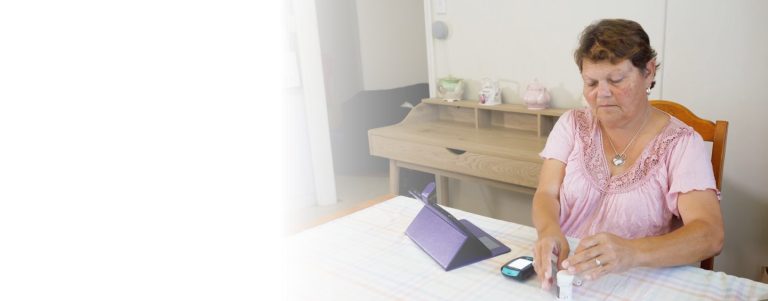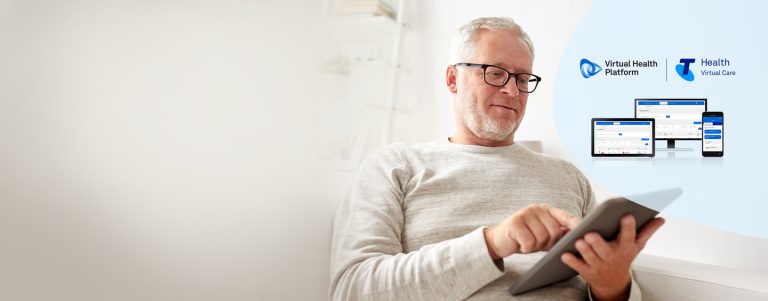Telstra Health’s General Manager of Virtual Care Solutions, Melanie Gates, answers your Virtual Care questions.
Question: Since COVID-19, how has Telstra Health worked with customers to provide innovative virtual care solutions?
Melanie: Telstra health has been working with clients for a number of years in virtual care. COVID-19 has absolutely accelerated the adoption of virtual care, and we have seen an increase in the adoption of Telehealth, Virtual Clinical Services and Remote Patient Monitoring. These technologies have been vital in helping to support patients to undergo care in their own home either as a part of hospital treatment, managing ongoing chronic conditions or needing to connect to a doctor or specialist service.
Question: Where should an organisation start when wanting to provide virtually enabled models of care?
Melanie: We are often asked this question from healthcare providers who generally know the challenges they are seeking to address, and they inherently know that virtual care is likely going to suit their needs. But how do they move from the traditional face-to-face models to a virtual care model that provides safe and reliable care for patients and is delivered by engaged clinicians? Or for some providers, how do they move from traditional phone-based telehealth to virtual care models that make better use of technology.
Our advice is to consider four elements:
1. What patient cohort is appropriate for Virtual Care?
2. Do you have engaged clinicians who want to embark on these models of care?
3. Do you have the right technology or technology partner to enable virtual care?
4. And finally, how will virtual care deliver benefits to your patients and your organisation?
Question: How can you maintain the human element of care, when transitioning to virtual care?
Melanie: For virtual care to be successful, technology is simply an enabler. The ultimate benefit is when technology is used in the right way to engage meaningfully with the patient. An example of this the ability for a clinician to receive data from a patient enrolled in Remote Patient Monitoring and then being able to contact the patient via video call should they be concerned.
Question: What is the future of Virtual Care?
Melanie: We are living in a time of change and disruption, and what this means for health over the long-term is still emerging. We are evolving from a culture that has been used to receiving care in face-to-face settings, and with so many of us now having had experienced (even in small ways) what virtual care can offer, we anticipate that the demand will continue to grow. We know that Virtual Care can help to improve patient outcomes and can help to constrain the ever-increasing costs of healthcare, and we are excited by what the future holds in this space.

 Visit
Visit 












